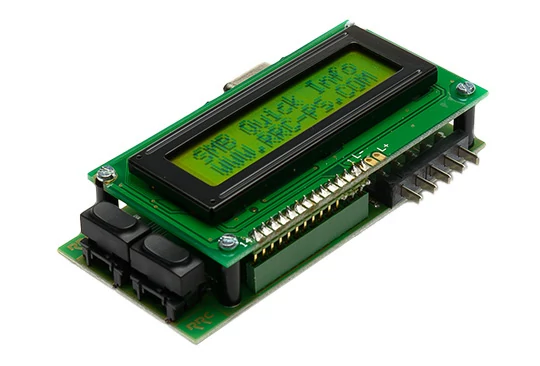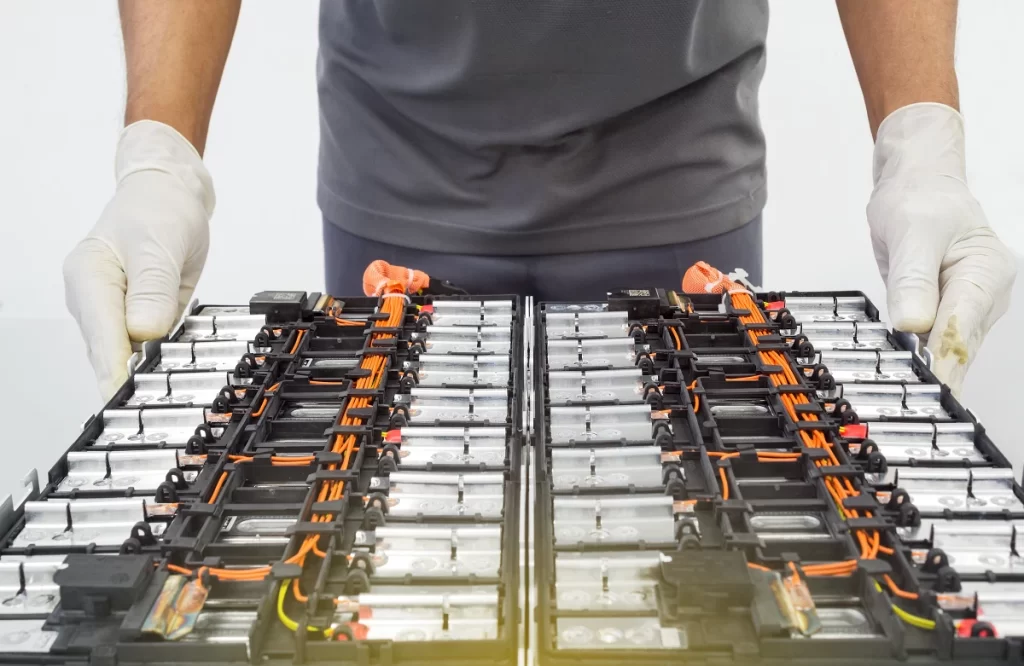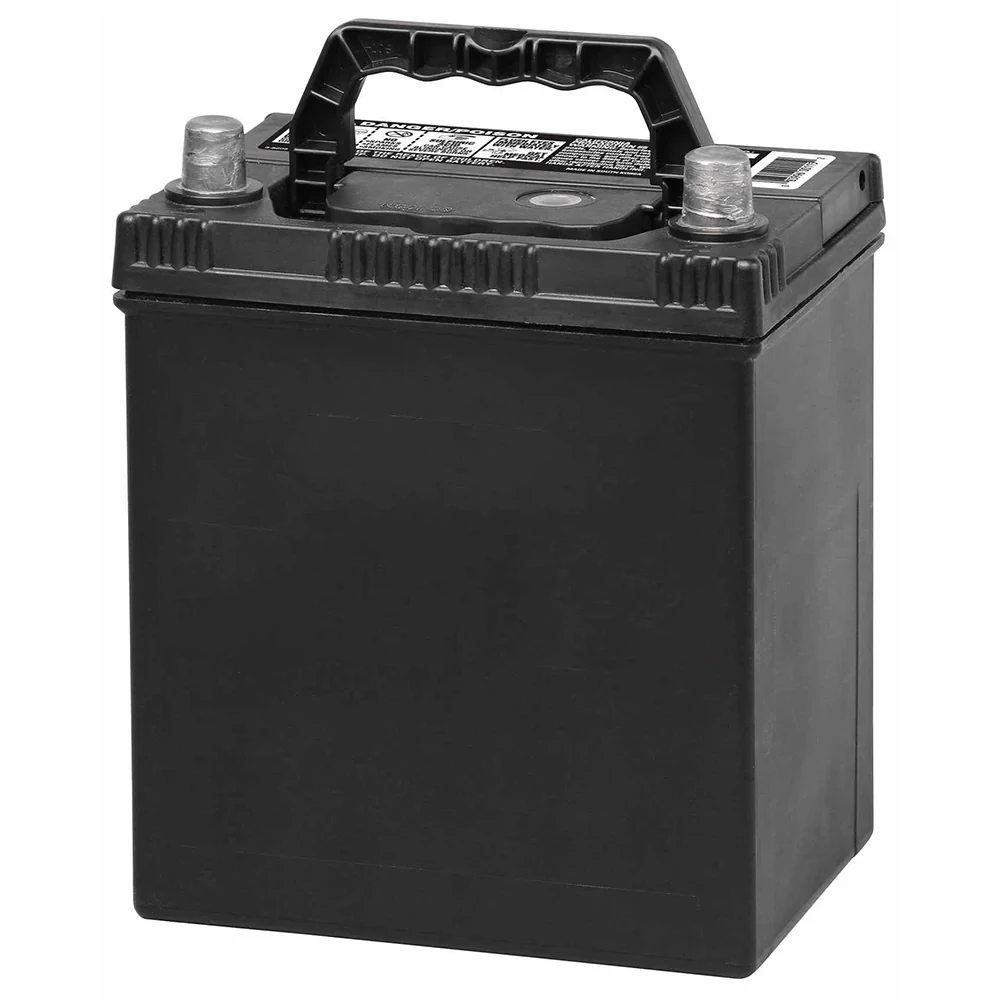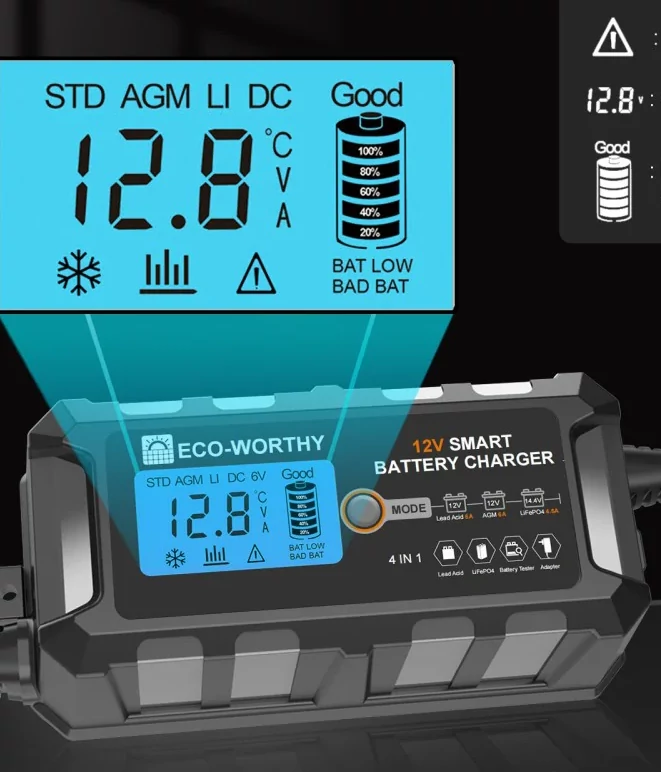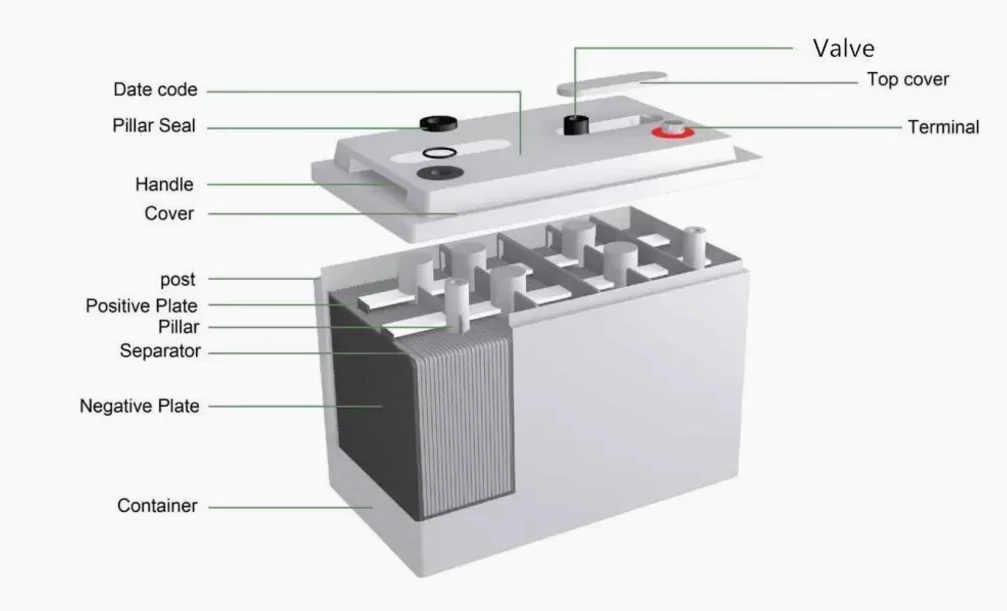UPS communication mode 1: System Management Bus (SMBus) Uninterruptible power supply (UPS) is a key component of protecting important equipment and data, and the way it communicates with other equipment is particularly important. System Management Bus (SMBus) is a common communication protocol that plays an important role in power management and data transmission between the UPS and other system components….
